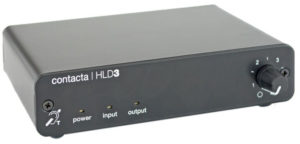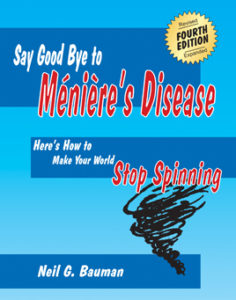by Neil Bauman, Ph.D.
A mother wrote:
My son got a hearing aid in May and the ear piece is cracking already. This is his first hearing aid, so I have no idea what to expect. Is this normal?
Yes, it is normal for the tubes to become harder and more brittle as the months go by, and eventually they get so brittle they will crack or snap off if you wait that long before replacing them.
Furthermore, when the tubes stiffen, they make wearing hearing aids uncomfortable as the tubes shrink in length and thus pull on the top front of your ears and can make your ears sore there.
There are at least two factors affecting how fast ear mold tubes stiffen, and thus need to be replaced. One is exposure to sunlight. Another is the oils in your skin—your particular body chemistry. Thus some people have to replace their tubes every 4 months or so, others can go 6 to 8 months, and some people get away with only replacing them every year or so. (I just replaced my tubes at 11 months (they were pretty stiff and I should have done it sooner), while my wife has gone almost 2 years—but needs to get her tubes replaced soon.)
I think normally you should expect to replace your tubes at least once or twice a year on the average. When they start to stiffen up, that’s your signal that its time to replace them.
Another mother asked:
Do you mean the plastic “tube” that is attached to the hearing aid itself that curves around the ear, or do you mean the tube that attaches to the ear mold and then fits into the first plastic tube?
The piece of plastic that is attached to the hearing aid is called the “ear hook.” The ear hook is hard to start with and should never need replacing. It doesn’t shrink.
The plastic tube I am talking about is the one that fits onto the ear hook and goes to the ear mold.
It should be so soft it sort of flops the ear mold around if you hold the hearing aid itself. If it holds its position and doesn’t flop, it is too hard by far.
If you go to the audiologist you purchased your hearing aids from, they should replace the tubes for free. Otherwise they may charge between $5.00 and $15.00 each to replace them.


